A blown teat in goats is a distressing condition that requires immediate attention. It refers to a damaged teat that can cause swelling, pain, and potential complications for the goat. Addressing this condition promptly is crucial for the goat’s well-being and overall health. Blown teats can occur for various reasons, such as trauma, excessive sucking by kids, aggressive nursing, or milk accumulation in the teat, leading to stretching and weakening. Recognizing the symptoms and seeking veterinary care are essential to alleviate the goat’s discomfort and prevent further complications. By understanding the causes, symptoms, and appropriate treatment, goat owners can take proactive measures to ensure the well-being of their animals.
Understanding Blown Teats
- A blown teat refers to a condition in goats where the teat becomes damaged, leading to swelling, pain, and potential complications. This condition can occur when the teat is stretched or weakened due to various factors.
- Several causes and contributing factors can lead to blown teats in goats:
- Trauma and injuries: Accidents, rough handling, or encounters with sharp objects can result in tear damage, causing it to become blown.
- Excessive sucking by kids: When kids excessively nurse on the teats, it can lead to overstimulation and stretching of the teat tissues, making them susceptible to blowing.
- Aggressive nursing: If the kids nurse aggressively, applying excessive pressure on the teats can cause damage and swelling.
- Milk accumulation and stretching of the teat: When milk accumulates in the teat without regular milking, it can cause the teat to become distended and weakened. This makes it more prone to blowing.
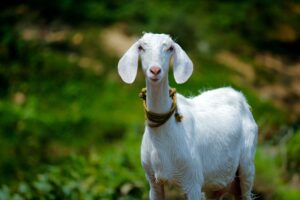

Recognizing the Symptoms
Identifying the symptoms is crucial for timely intervention and proper care when it comes to blown teats in goats.
- Swelling and enlargement of the affected teat: A blown teat will appear noticeably larger than usual due to swelling. It may be visibly distended or have an abnormal shape.
- Pain or discomfort exhibited by the goat: The goat may display signs of discomfort, such as restlessness, reluctance to nurse, or vocalization during milking. They may also exhibit sensitivity when the teat is touched or manipulated.
- Discharge or bleeding from the damaged teat: A blown teat may have discharge or blood oozing from the damaged area. This can indicate an open wound or injury.
- Inflammation and redness in the teat area: The blown teat and the surrounding tissue may become inflamed and appear red. This inflammation is a response to the injury or infection in the area.
- Changes in milk production: A blown teat can affect the goat’s milk production. There may be a decrease in milk flow or a complete cessation from the affected teat. This change in milk production is an additional indicator of a blown teat.
Be vigilant and observant, goat owners can recognize these symptoms early on. If any of these signs are observed, it is important to seek veterinary assistance promptly. Proper diagnosis and treatment are vital to alleviate the goat’s pain, prevent infection, and restore normal teat function.
Treatment of Blown Teats
When dealing with a blown teat in a goat, it is crucial to seek veterinary consultation for an accurate diagnosis and appropriate treatment. The following steps are typically involved in the treatment process:
- Veterinary consultation and diagnosis: Schedule an appointment with a veterinarian experienced in goat health. They will examine the blown teat, assess the severity of the condition, and provide a proper diagnosis.
- Isolation and separation of the affected goat: To prevent potential infection or further injury, isolate the goat from the rest of the herd. This separation also allows for focused care and monitoring.
- Cleaning the area around the teat: Gently clean the area around the blown teat using warm water and mild soap. This helps remove any dirt or debris that could lead to infection. After cleaning, pat the area dry with a clean towel.
- Use topical antiseptics or wound sprays: Apply a veterinarian-recommended topical antiseptic or wound spray to the affected teat. This helps disinfect the area and promote healing. Follow the instructions provided by the veterinarian regarding the specific product to use and the application method.
- Administration of prescribed medications: Depending on the severity of the blown teat, the veterinarian may prescribe antibiotics to prevent or treat the infection. Pain relief medications may also be recommended to alleviate discomfort and promote the goat’s well-being.
- Monitoring the goat’s progress and reporting any changes: Keep a close eye on the goat’s progress during the treatment period. Observe for any signs of improvement or worsening symptoms. Report any changes, concerns, or complications to the veterinarian promptly to ensure appropriate adjustments to the treatment plan.
Prevention and Long-Term Care
Preventing blown teats in goats requires a proactive approach and consistent care. Here are important measures to consider for prevention and long-term teat health:
- Importance of preventive measures: Recognize the significance of preventing blown teats by implementing proactive strategies. This includes practicing good husbandry, monitoring teat health, and addressing potential risk factors promptly.
- Nutritional considerations for strong teat tissues: Ensure your goats receive a balanced and nutritious diet. Adequate nutrition is vital in maintaining strong teat tissues and overall health. Consult with a veterinarian or animal nutritionist to formulate an appropriate diet plan.
- Proper kid management to prevent excessive sucking: Observe kid-nursing behavior and intervene if excessive sucking is noticed. Implement measures such as limiting kid-nursing time, providing alternative feeding methods, or separating kids during certain periods to prevent overstimulation and stretching of teat tissues.
- Regular milking to prevent milk accumulation: Establish a regular milking routine to prevent excessive milk accumulation in the teats. Regular milking reduces the risk of teat stretching and weakening, thereby minimizing the chances of blown teats.


- Maintaining a clean and hygienic environment: Ensure your goats have a clean and hygienic living environment. Regularly clean and disinfect the bedding, feeding areas, and milking equipment. This helps minimize the risk of infection that can affect teat health.
- Long-term care strategies for teat health: Incorporate long-term care practices for maintaining teat health. This includes regular teat inspections, prompt treatment of injuries or abnormalities, and ongoing communication and collaboration with a veterinarian to address concerns.
By prioritizing preventive measures, providing proper nutrition, implementing kid management strategies, practicing regular milking, maintaining cleanliness, and embracing long-term care practices, you can significantly reduce the occurrence of blown teats in your goats. Remember, the well-being of your goats depends on proactive care and attention to their teat health.
blown teat on goat
In conclusion, blown teats in goats can cause significant discomfort and potential complications if not addressed promptly. We have explored this condition’s causes, symptoms, treatment, and prevention, highlighting key points to consider. It is essential to recap these important aspects:
Blown teats result from damage to the teat, leading to swelling, pain, and potential infections. Causes include trauma, excessive sucking by kids, aggressive nursing, and milk accumulation.
Recognizing the symptoms, such as swelling, pain, discharge, inflammation, and changes in milk production, is crucial for early intervention.
When dealing with a blown teat, veterinary consultation is vital. Isolate the affected goat, clean the area, apply topical antiseptics, administer prescribed medications, and closely monitor the goat’s progress.
Prevention is key. Ensure proper nutrition for strong teat tissues, manage kid behavior to prevent excessive sucking, practice regular milking to prevent milk accumulation, maintain cleanliness, and establish long-term care strategies for teat health.


Emphasizing the importance of veterinary care cannot be overstated. Consulting a veterinarian ensures accurate diagnosis, appropriate treatment, and tailored advice based on the specific condition.
To prevent future occurrences of blown teats, proactive measures are essential. Implementing preventive strategies and maintaining good husbandry practices can significantly reduce the risk of blown teats.

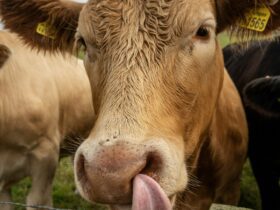
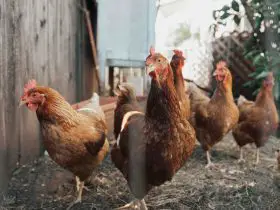

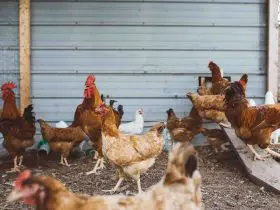
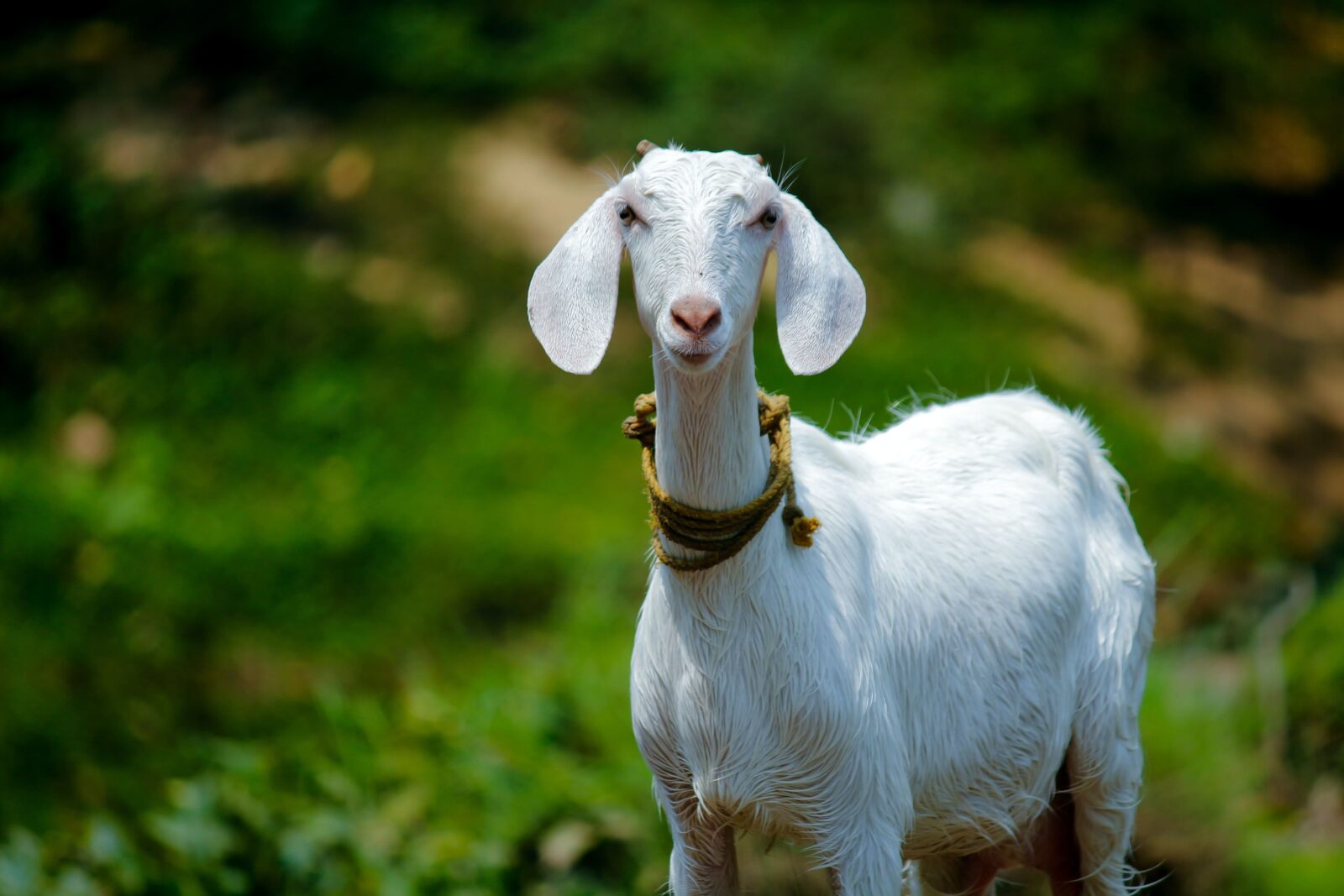
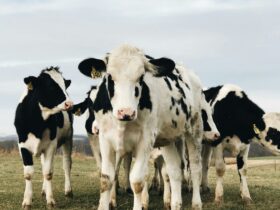

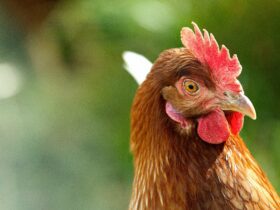





Hello!! Welcome to Anim Farm